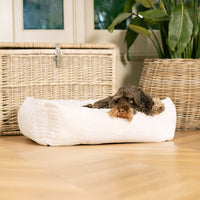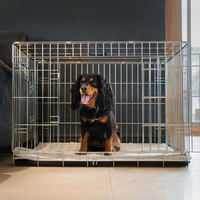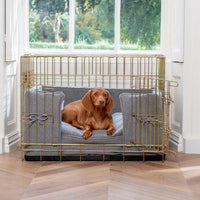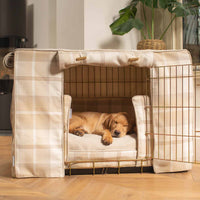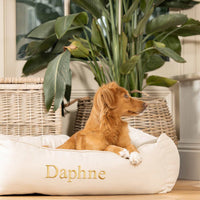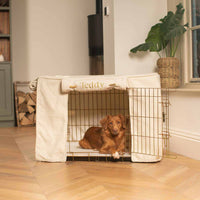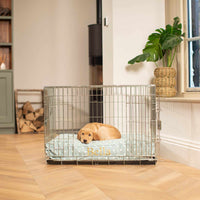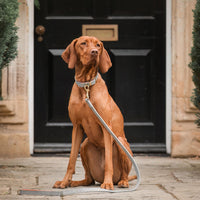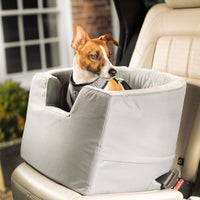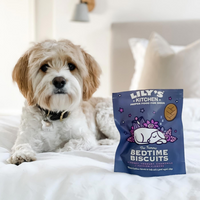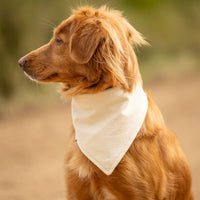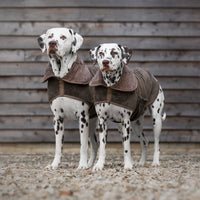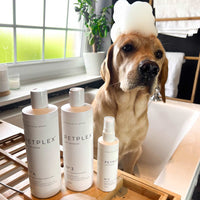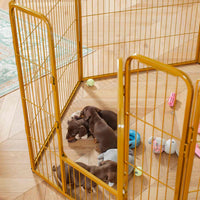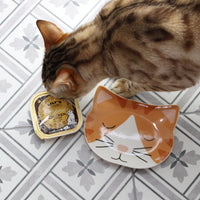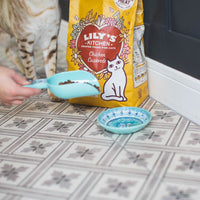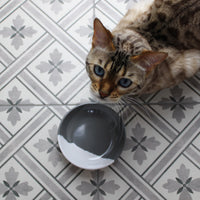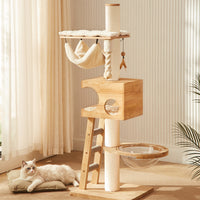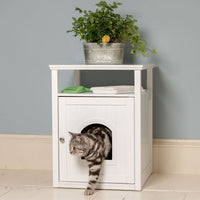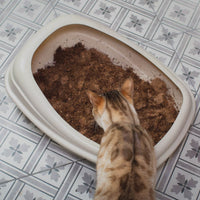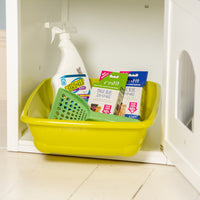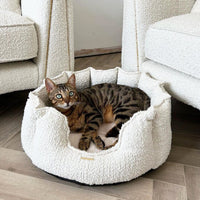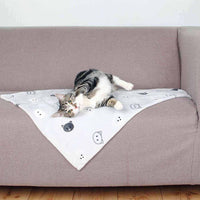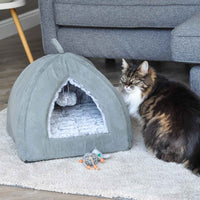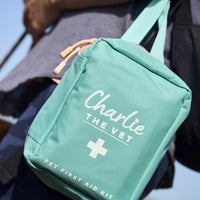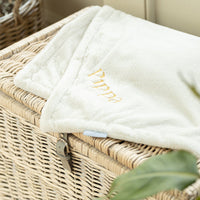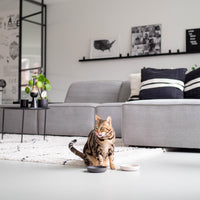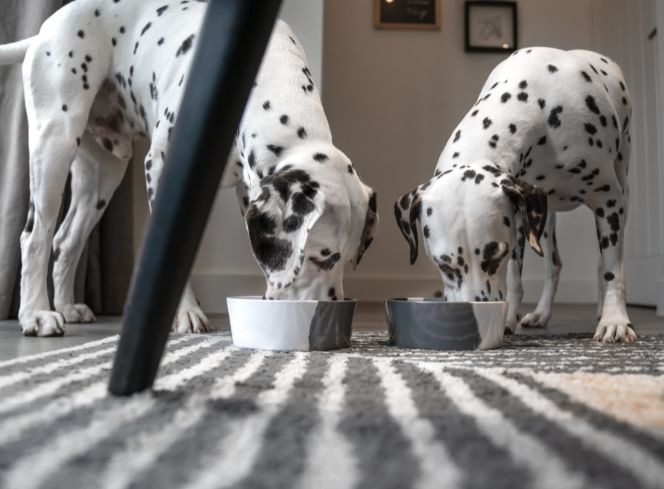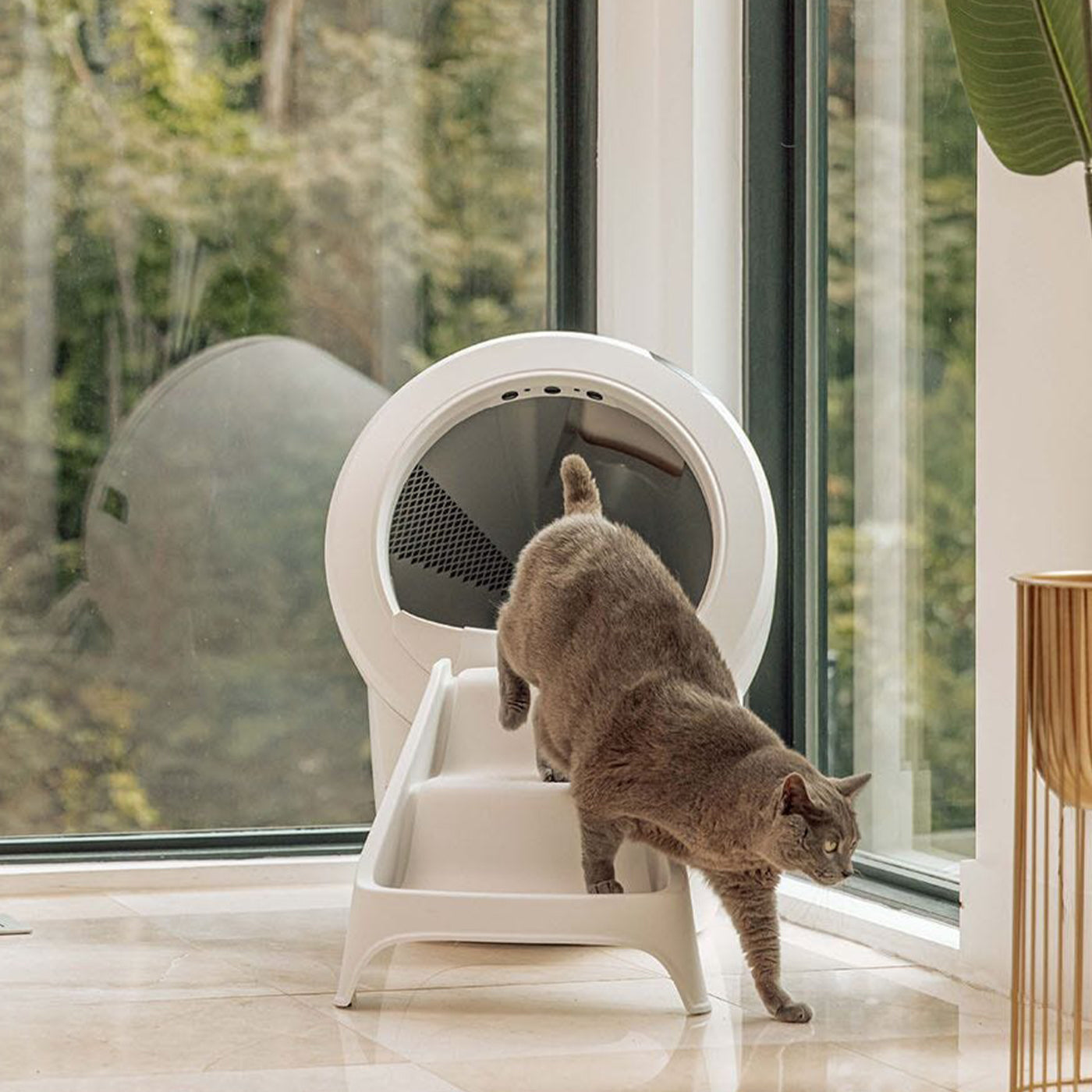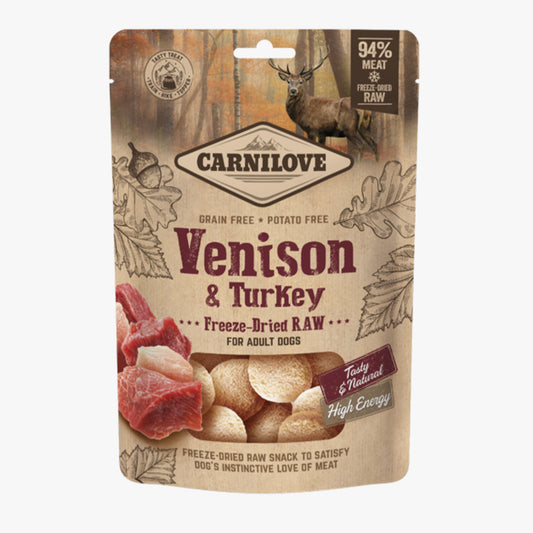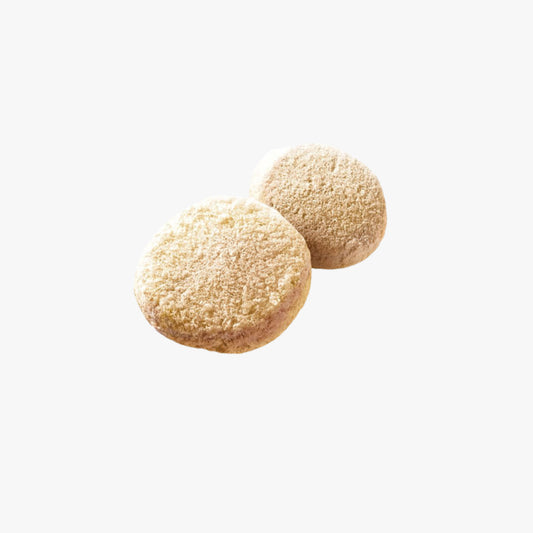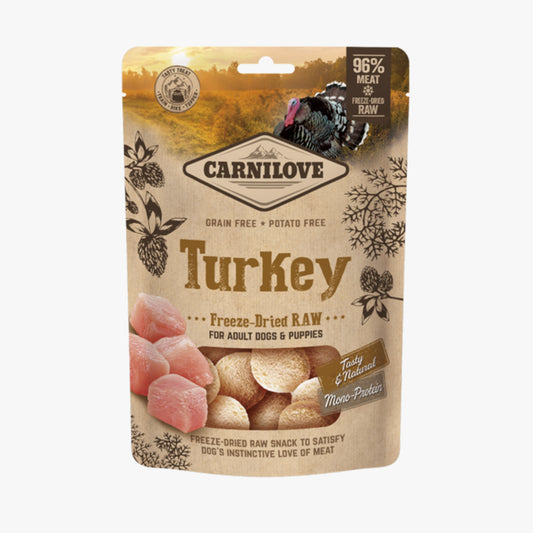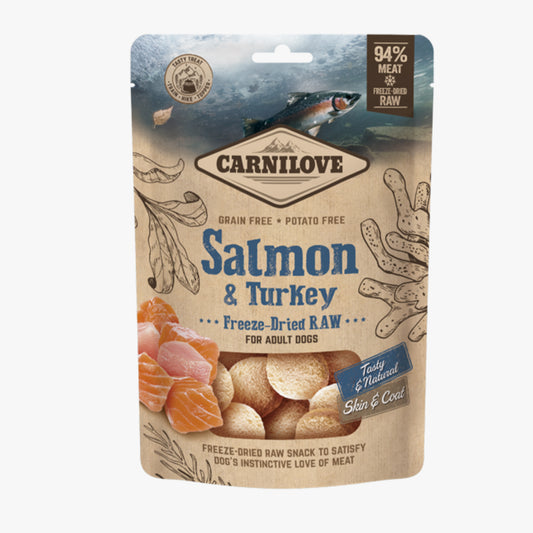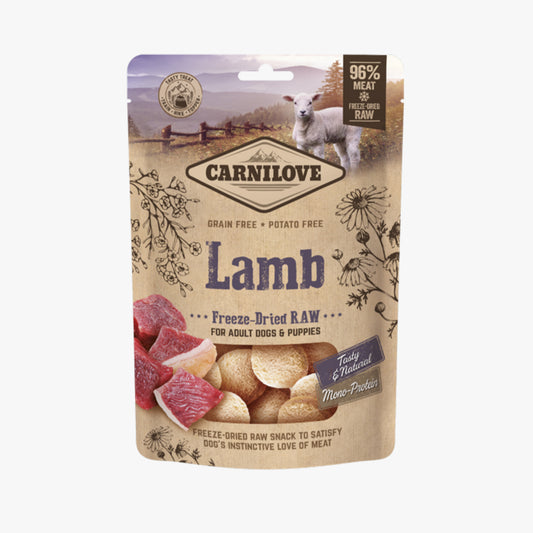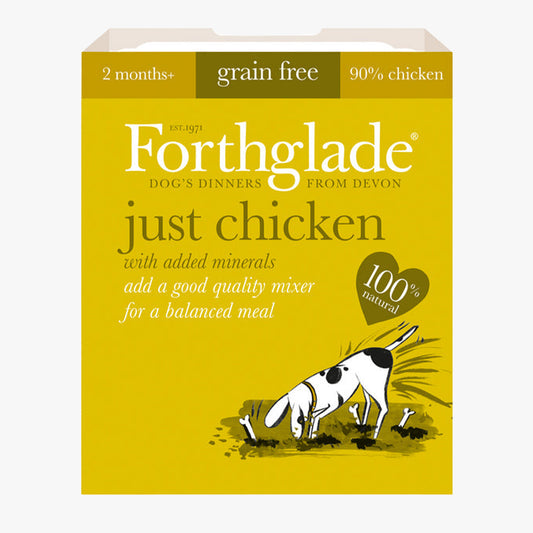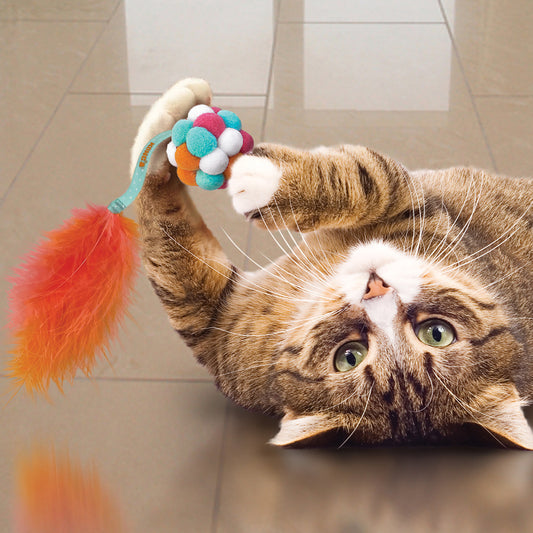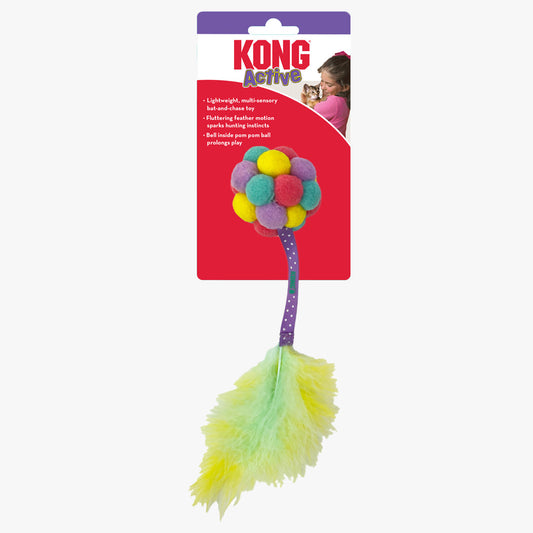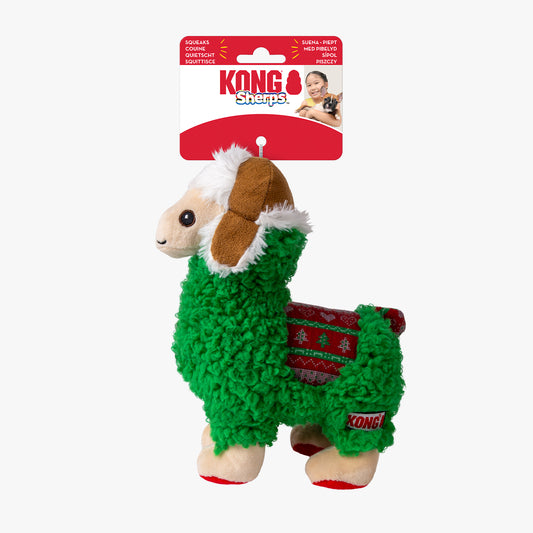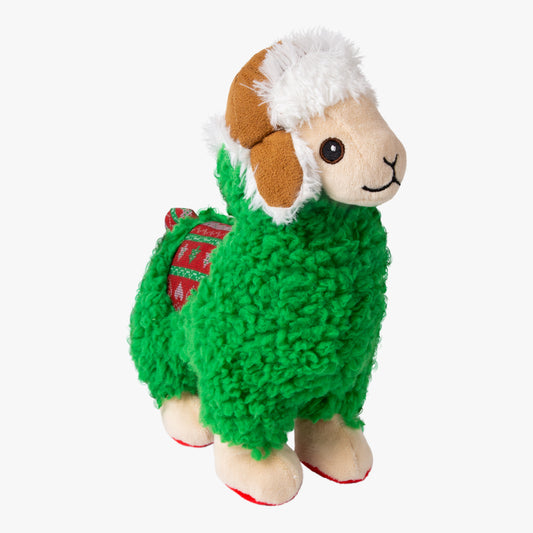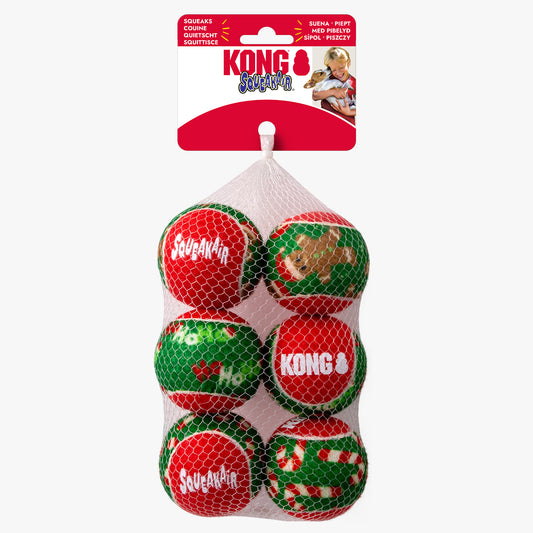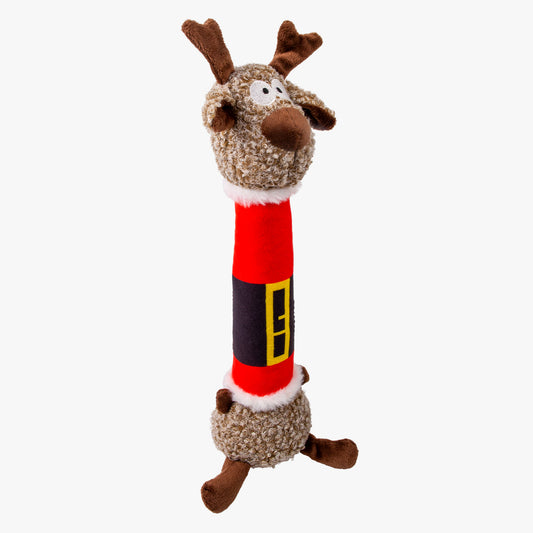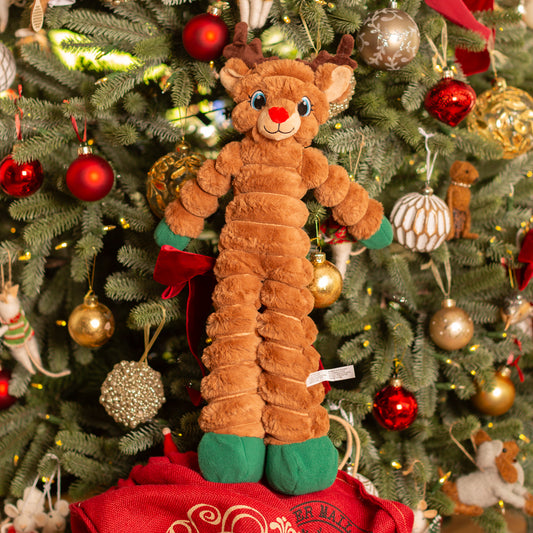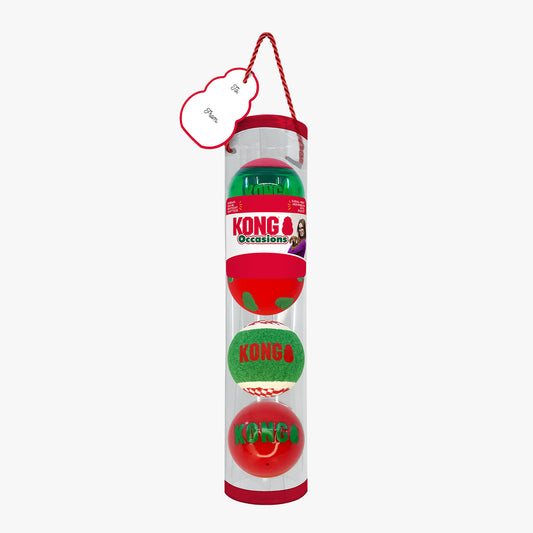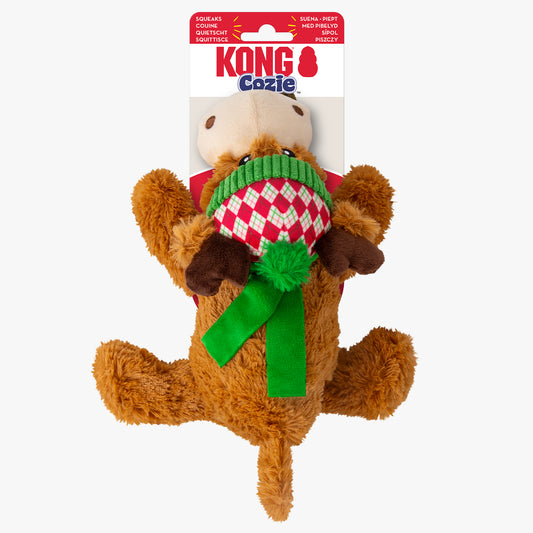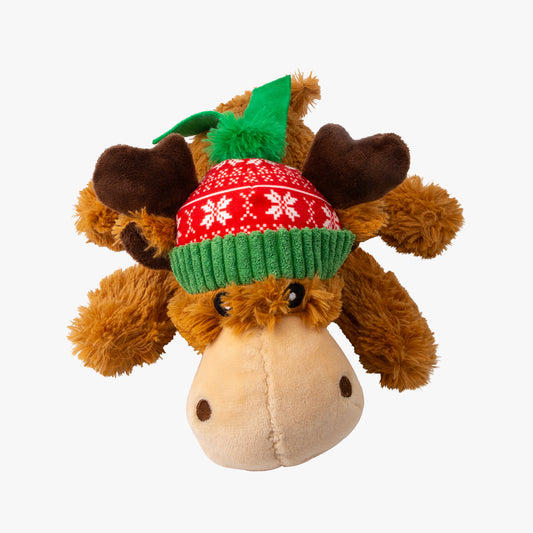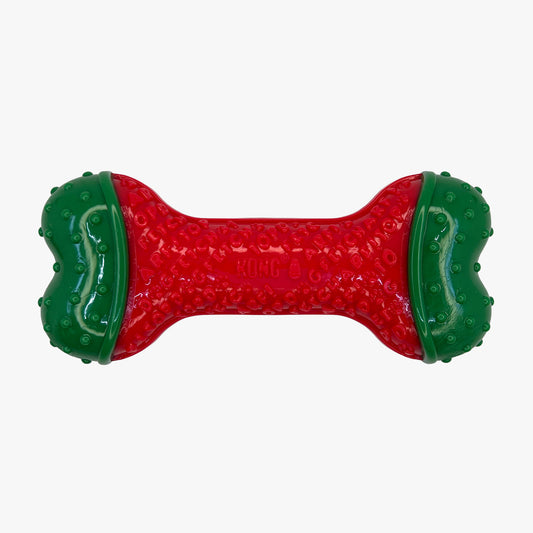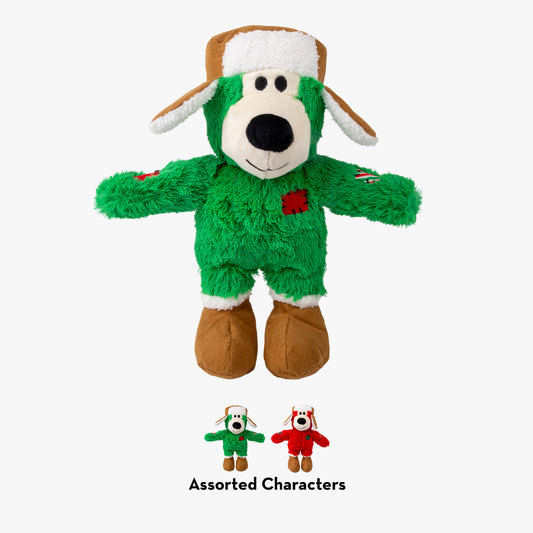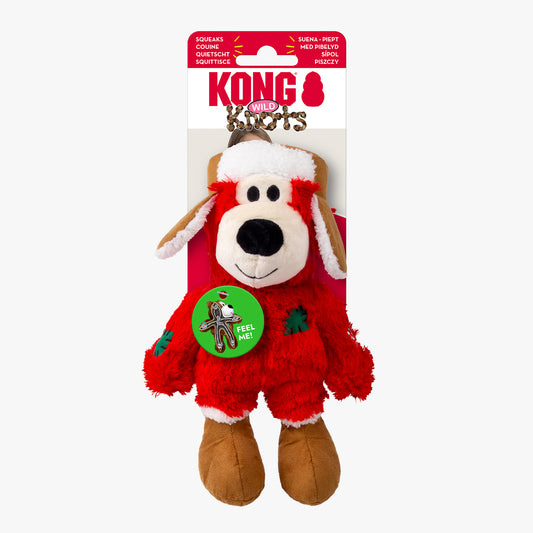When it comes to feeding our canine companions, one of the most common questions that pet owners grapple with is whether to choose wet or dry dog food. The debate over wet vs. dry dog food has been ongoing for years, and there's no one-size-fits-all answer. The decision ultimately depends on various factors, including your dog's age, health, and personal preferences. In this comprehensive guide, we will delve into the pros and cons of wet and dry dog food to help you make an informed choice for your furry friend.
Wet vs. Dry Dog Food: What's the Difference?
Before we dive into the pros and cons, let's clarify what distinguishes wet and dry dog food:
Wet Dog Food:
- Contains higher moisture content (approximately 70-80%)
- Typically comes in cans or pouches
- Often has a stronger aroma and flavour, which can be enticing to picky eaters
- Easier to chew, making it an excellent choice for dogs with dental issues or missing teeth
- Prone to spoilage if not refrigerated and consumed promptly
- Can be more expensive per serving than dry food
Dry Dog Food:
- Contains lower moisture content (around 10%)
- Comes in the form of kibble or pellets
- Promotes dental health by reducing tartar buildup through chewing
- Offers convenience and a longer shelf life
- May contain artificial preservatives and fillers
The Pros and Cons Of Wet & Dry Food
Wet Dog Food:
Pros:
- Hydration: The high moisture content in wet food can help keep your dog hydrated, especially if they don't drink enough water.
- Palatability: Many dogs find wet food more appealing due to its strong aroma and taste, making it suitable for picky eaters.
- Digestibility: Wet food is often easier to digest, making it a good choice for dogs with sensitive stomachs or digestive issues.
- Dental Health: While wet food doesn't promote dental health directly, it can be useful for dogs with dental problems who struggle to chew dry kibble.
Cons:
- Cost: Wet dog food can be more expensive per serving than dry food, potentially straining your budget.
- Storage: You need to store opened cans or pouches of wet food in the refrigerator to prevent spoilage.
Our Wet Food Recommendations
Here at L&L we stock a wide variety of wet foods for your dog. For a high quality and high meat content wet food our go to is the Carnilove wet foods. They're all made to appeal to your dog's natural wolf instincts with over 85% wild origin meats and they're all grain free so you can be sure they're the best quality for your dog.
Dry Dog Food:
Pros:
- Convenience: Dry kibble is convenient to store, measure, and serve, making it a hassle-free option.
- Dental Health: Chewing on dry kibble can help reduce tartar buildup and promote better dental health.
- Cost-Effective: Dry food is often more budget-friendly than wet food, especially for larger dogs.
- Long Shelf Life: It has a longer shelf life, reducing the risk of food waste.
Cons:
- Hydration Concerns: Because dry food has lower moisture content, it might not provide enough hydration for some dogs, potentially leading to urinary tract issues.
- Palatability: Some dogs may be less enthusiastic about dry kibble's taste and texture.
Our Dry Food Recommendations
We also stock a variety of dry foods, some of the ones with higher meat content and more natural ingredients include Acana, Carnilove and Orijen - these are great for making sure your dog is getting all the nutrients they need.
Choosing the Right Food for Your Dog:
When deciding between wet and dry dog food, consider the following factors:
- Age: Puppies and senior dogs may benefit from wet food due to its enhanced digestibility and hydration. Adult dogs can thrive on a balanced dry food diet.
- Health Needs: Consult with your veterinarian if your dog has specific health concerns, as they can recommend an appropriate diet.
- Budget: Evaluate your budget and choose the food that meets your financial constraints while ensuring your dog's nutritional needs are met.
- Preference: Some dogs have strong preferences for one type of food over the other, so consider your dog's taste preferences.
Conclusion:
In the debate of wet vs. dry dog food, there's no one-size-fits-all answer. Both options have their pros and cons, and the best choice depends on your dog's individual needs, your budget, and your personal preferences as a pet owner.
If you're unsure what to feed your dog why not check out our large range of dog foods. We have lots of speciality dog foods for specific breeds, sizes and health concerns so you can tailor your dog's food to give them everything they need nutritionally.
Once you've found the perfect food for your dog why not Subscribe & Save. Our Subscribe & Save service allows you to save up to 15% on your dog's favourite food and have it delivered to your door exactly when you need it so you never run out!
Remember to consult with your vet for tailored dietary recommendations, and always prioritise your dog's health and well-being when making this important decision.


